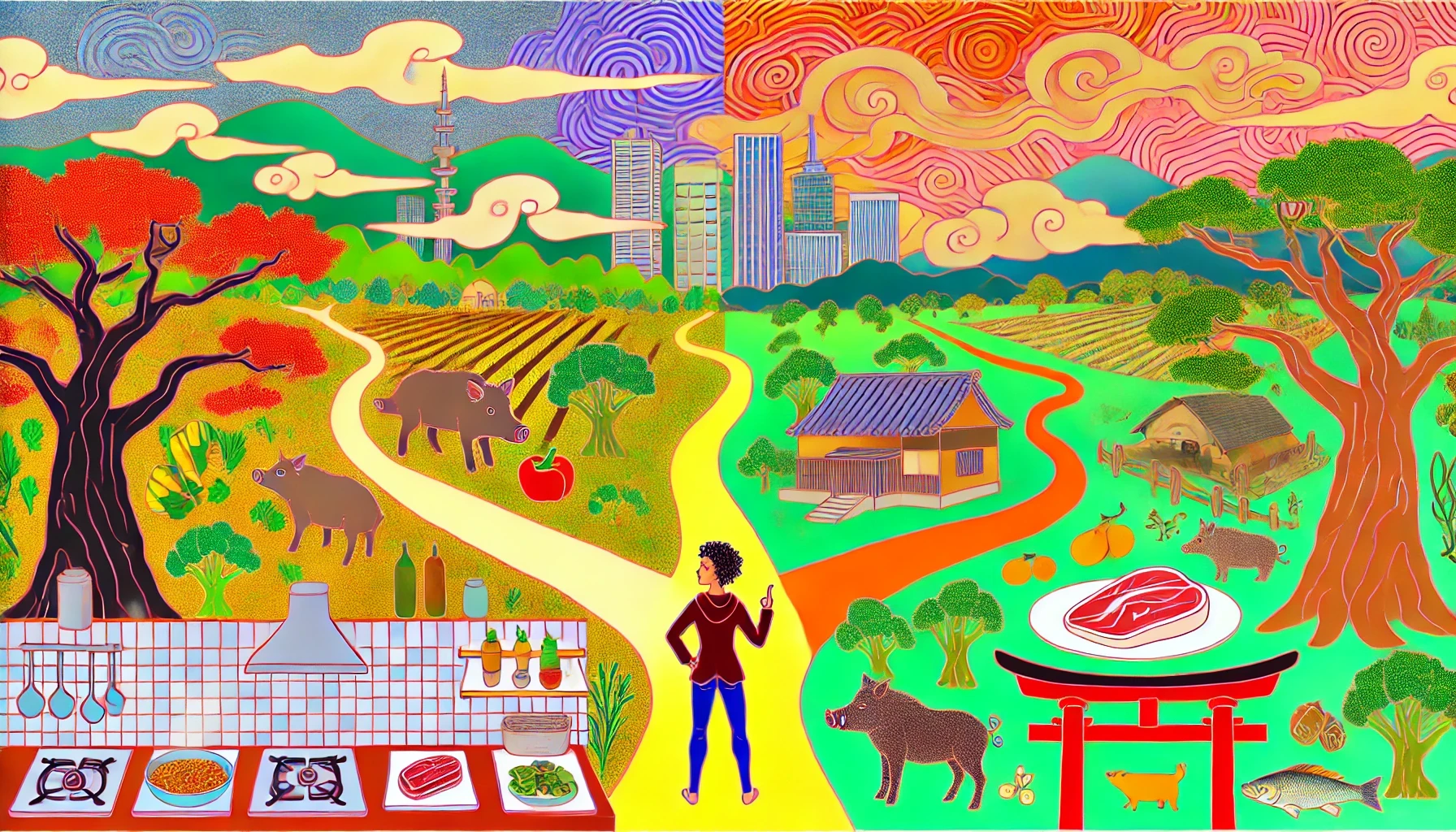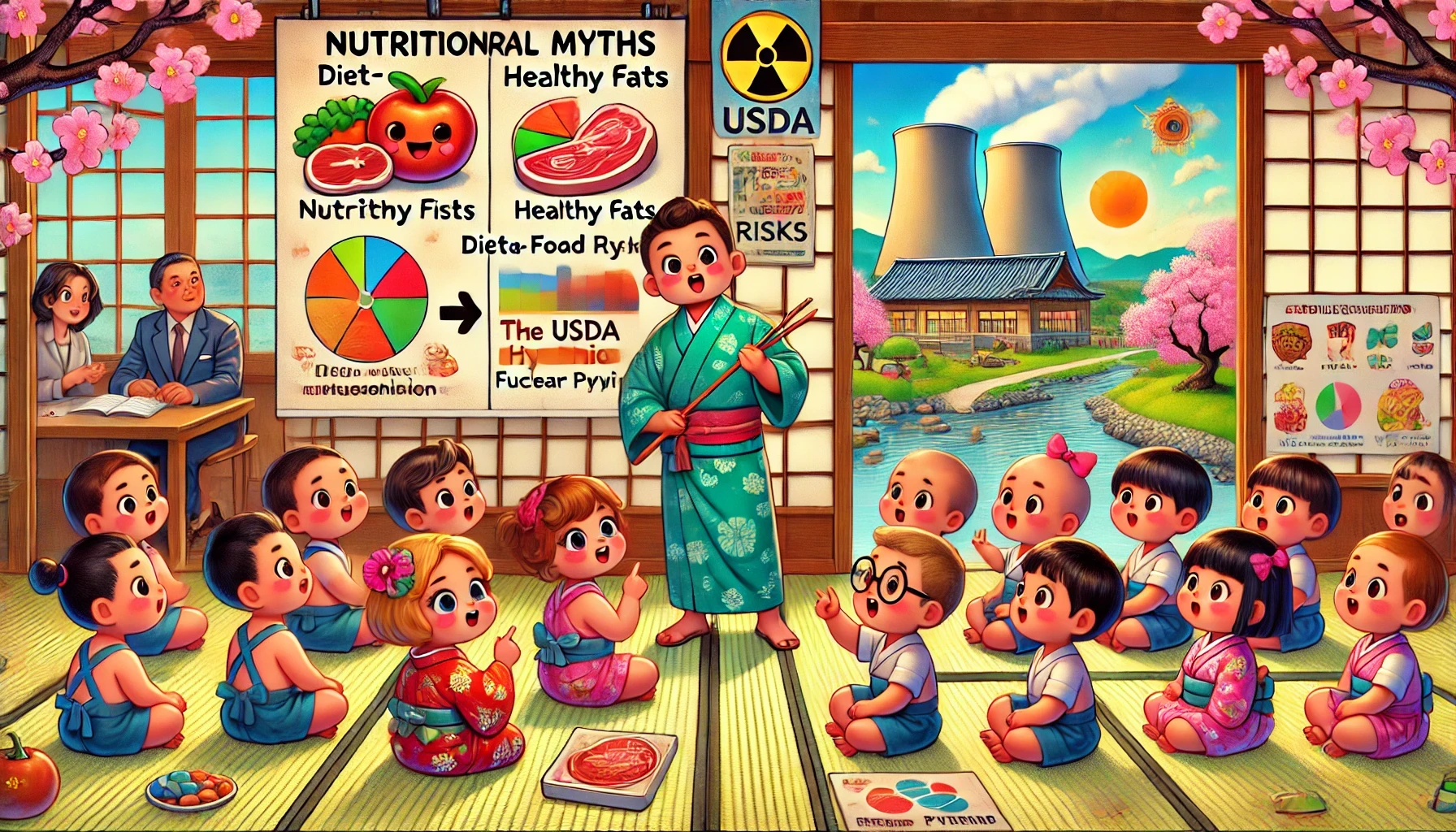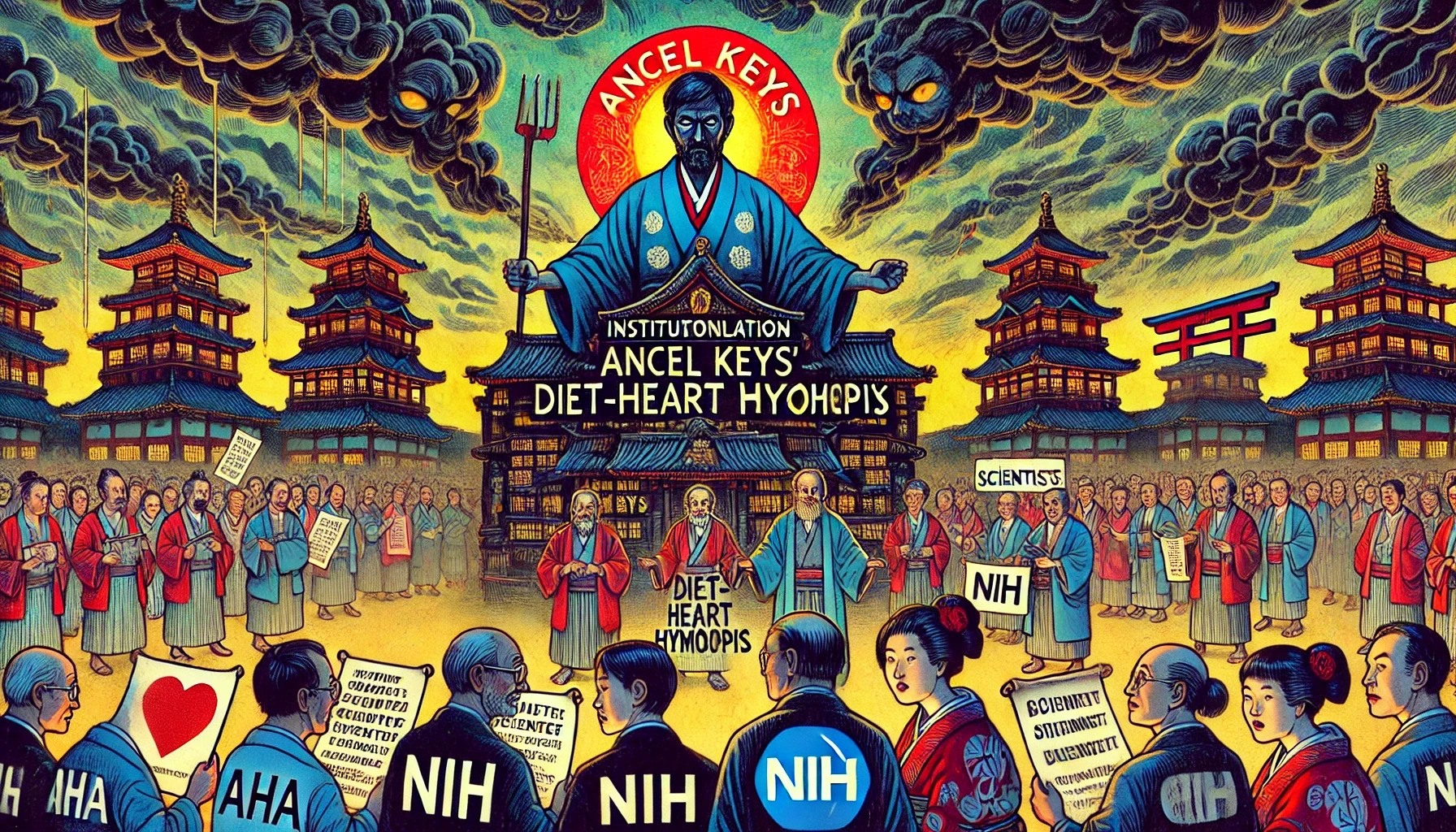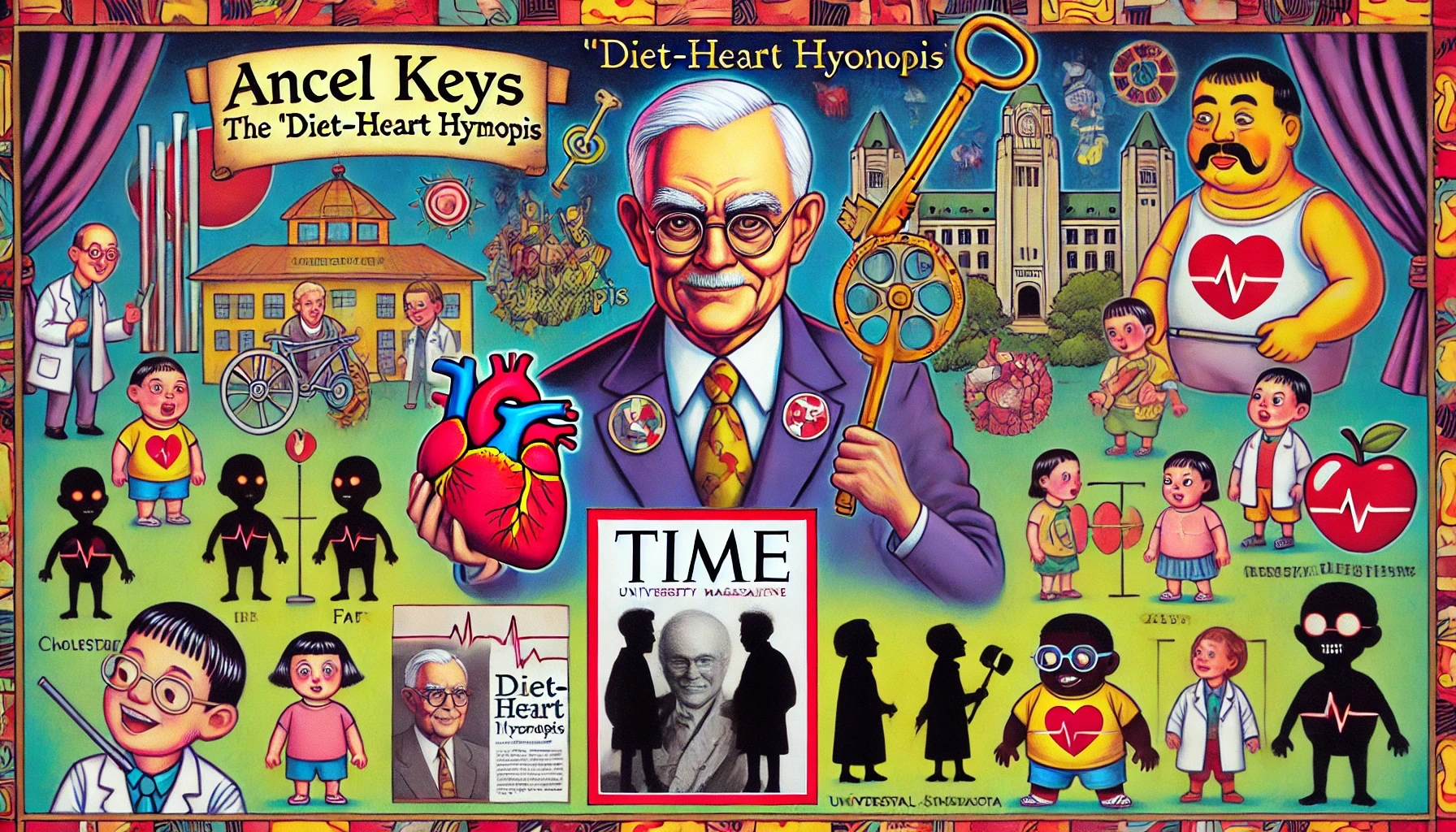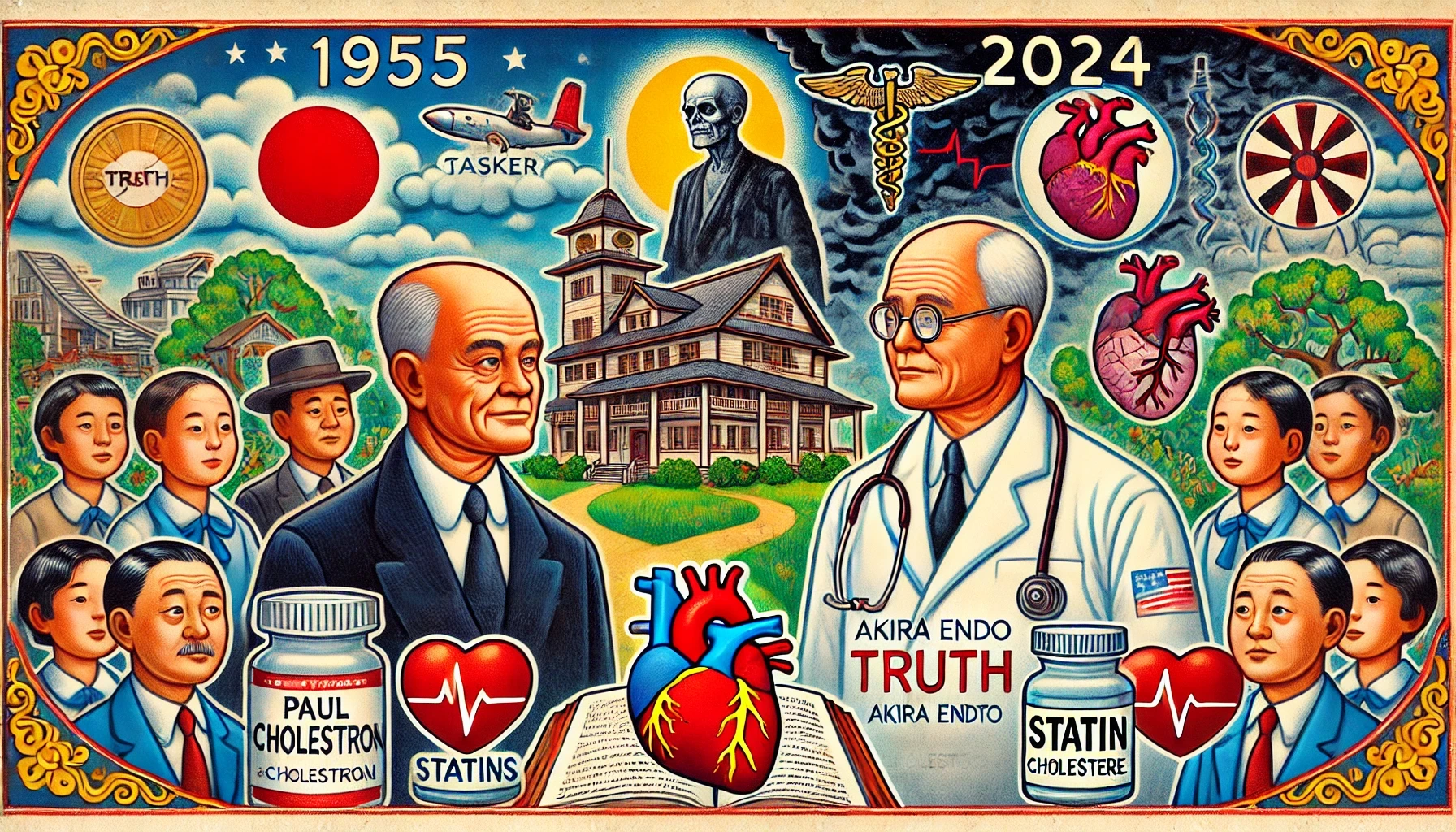ZENPTY.

Carbs, Kakke, and Consequences: The Health Costs of Historical Tokyo’s Diet
May 6, 2024
In a previous discussion, we delved into the contrasting costs of dining out versus preparing meals at home in historical Tokyo around the 18th century.
Today, we're connecting those dots to assess the influence of these eating habits on wellness. Specifically, we're looking at the health implications of the 'Edo Diet'. To put it succinctly, this diet was predominantly carbohydrate-rich, with minimal protein and fat, often featuring a simple daily fare of rice, soup, and pickles, and occasionally fish.
Reflecting on this traditional diet through a modern lens reveals it lacked many nutrients considered essential today. It’s intriguing to explore how this dietary pattern impacted health outcomes during that era.
The primary health issue associated with the Edo Diet was a condition known as 'kakke', or beriberi as we know it today, which was rampant among urban populations. This illness manifested through symptoms like leg numbness and paralysis, eventually leading to heart failure.
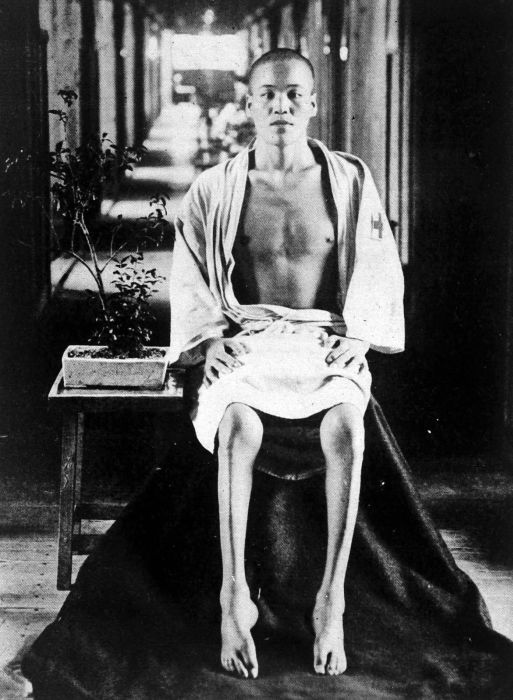
This was particularly common among young apprentices in the city, who were unwitting victims of a diet overly dependent on refined carbohydrates, notably white rice.
This issue was compounded by socioeconomic factors. The ruling class enforced a tax system centered on rice, which inadvertently promoted the consumption of refined rice in urban areas, while rural families consumed nutrient-rich brown rice. The lack of vitamin B1 in white rice led to widespread health issues, which, though unknown at the time, were a direct result of these dietary choices.
For those who managed to return to their rural homes, a switch back to nutrient-dense country staples often led to recovery, illustrating a stark contrast in diet and health between urban and rural settings.
However, broader historical analysis suggests that the general health during the Edo period was suboptimal, which might be reflected in the reduced stature recorded in later centuries, likely influenced by the low protein and fat intake.
Fast forward to modern times, Tokyo residents no longer face the threat of beriberi. Yet, Japan now grapples with modern dietary challenges such as obesity, particularly evident in middle-aged demographics and even among children.
Despite these challenges, it’s heartening to see improvements in dietary practices over the centuries, demonstrated by the increased average height among Japanese—a likely indicator of better nutritional standards.
While some traditional foods like natto and miso are touted for their health benefits, it’s essential to remain vigilant about modern dietary pitfalls, such as the use of genetically modified ingredients and artificial additives.
Ultimately, the lesson here is that while dietary habits can profoundly impact health and wellbeing, they are but one aspect of broader historical and socioeconomic conditions. As we reflect on these patterns, it’s crucial to strive for a balanced diet and lifestyle that aligns with our individual needs, drawing on both historical wisdom and modern science to forge a path to better health.
A Carnivore Journey: How Letting Go of Carbs Opened New Doors
Nutritional Myths and Nuclear Risks: The Parallel Stories of Regulatory Capture
Silencing Dissent: How Ancel Keys' Hypothesis Dominated Nutrition Science
Ancel Keys and the Diet-Heart Hypothesis: A Deep Dive into Flawed Science
Unmasking the Villain: Ancel Keys and the War on Saturated Fat
From Eisenhower to Endo: The Evolution of Heart Health Myths

